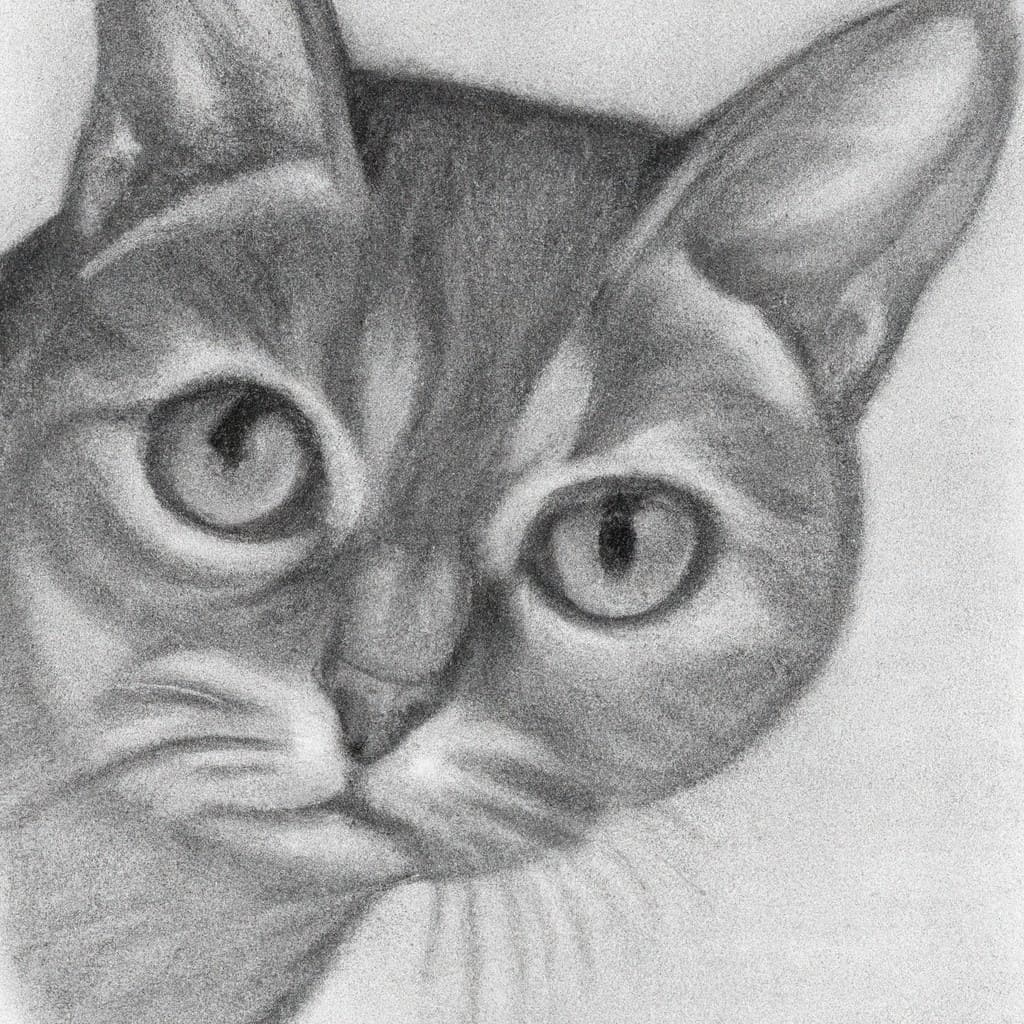Dear VetBabble,
My 12-year-old cat has been diagnosed with diabetes, and recently I’ve noticed that her eye is oozing and she’s become lethargic. Additionally, her third eyelid is covering 1/4 of her eye. I know the third eyelid being visible can be a sign of illness, so should I set up an appointment with my veterinarian?
The Importance of Regular Checkups for Diabetic Cats
Firstly, I’d like to commend you for being attentive to the changes in your cat’s condition. It’s vital for pet owners, especially those with diabetic pets, to monitor their pet’s health closely and have regular checkups. In the case you described, I strongly recommend making an appointment with your veterinarian to have your cat’s eye examined and her overall health assessed.
Diabetes is a chronic condition in cats, just as it is in humans. It requires careful management, including adjustments in diet, insulin injections if necessary, and regular blood sugar monitoring. Additionally, diabetic cats may be more susceptible to other health issues, so staying in close communication with your vet is essential. To learn more about diabetes in cats and how to manage it, you can read our article on My Cat Has Diabetes: What Should I Know?.
Potential Causes of Eye Issues and Increased Thirst
An oozing eye and increased thirst in a diabetic cat may indicate a variety of issues. It’s important to have a thorough examination done by a veterinarian to accurately diagnose the problem.
Common causes of eye issues in both cats and dogs can include conjunctivitis, corneal ulcers, and trauma. Diabetic animals may also be more susceptible to eye conditions such as cataracts. If your cat’s third eyelid is partially covering her eye, it’s usually a sign that her body is trying to protect her eye from further damage or irritation. Our article on Common Eye Conditions in Dogs can provide additional insights into how some eye conditions might also apply to cats.
Increased water consumption (also known as polydipsia) can be a result of a few factors such as high blood glucose levels, kidney dysfunction, or even the side effects of some medications. For more information on the subject, read our article on Why Does My Cat Drink More Water?
Take Immediate Action: Schedule a Vet Appointment
It’s crucial to address any changes in your cat’s behavior or appearance right away, as early detection and treatment can lead to a better prognosis.
Given your cat’s diabetic status and the symptoms you’ve mentioned, it’s important to make an appointment with your veterinarian as soon as possible. They will be able to properly diagnose the issue and recommend the appropriate course of action.
It’s always better to err on the side of caution when it comes to our pets’ health. Please don’t hesitate to reach out to your veterinarian or seek a second opinion if you have any concerns or questions. Remember, we’re here to help ensure your pet lives a happy and healthy life!
Speaking of which, you may also find information about Diabetes in Dogs helpful for understanding the similarities and differences between diabetes in our feline and canine companions.
_I hope this information has been helpful. Good luck, and don’t forget to give your cat plenty of love and support during this difficult time!_
